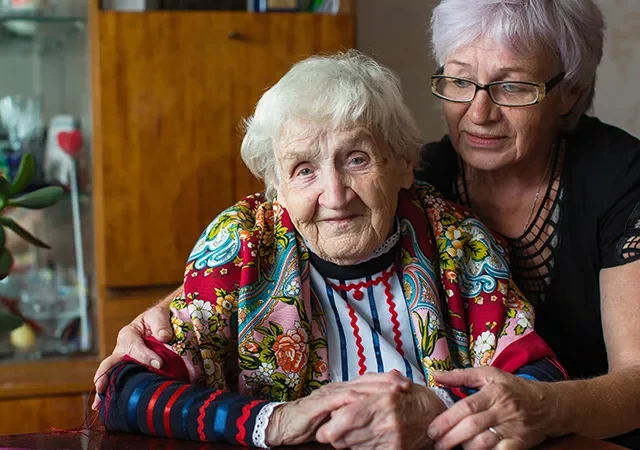“Sitting in the darkness, what a world to see!” sings Grace Farrell to Annie in the beloved Broadway musical Little Orphan Annie.
She’s got a point. Since the advent of the motion picture in the early 20 th century, people of all ages have been captivated by an escape into another story, another world, for a few hours. And even with today’s tricked-out home theaters and just about every film at one’s fingertips, there’s still something special about going to the movies.
A Brief History of the Motion Picture
Beginning with photographic sequences known as chronophotography (think the Horse in Motion cabinet cards ), moving pictures exploded onto the scene in the late Victorian age and became a much sought-after form of entertainment. Just as they are today, theaters were burgeoning social hubs for people at the turn of the century.
In those days, films were silent, often accompanied by a live orchestra, theater organ, and/or intertitles to convey dialogue and narration. In 1927, Al Jolson’s The Jazz Singer introduced sound on the Vitaphone , making it the first talking picture , or “talkie.”
By 1939, two films that remain today amongst the most popular of all time were produced in color: Gone with the Wind and The Wizard of Oz. The former took home the Oscar for Best Picture, while the latter was a contending nominee. While these epic films weren’t the first to use color, they were certainly the most notable. Who can forget Dorothy Gale exiting the drab black and white of her Kansas farmhouse and waking to the brilliant, otherworldly hues on the road to Oz?
Why Do We Love the Movies?
Whatever the genre or era, there is much to love about motion picture entertainment. According to psychologists using film as therapy, film is much more than a simple art. Movies, especially old classics, have also been shown to improve memory in older adults.
But first, let’s explore what just about everyone can gain from watching a movie:
- Sheer entertainment
Since its inception, the moving picture has delighted, thrilled, captivated, inspired, and generally enriched audiences who seek out this activity to the tune of about $42 billion across the globe per year these days. It’s just plain fun to see a movie! - Shared experience
Even with strangers, watching a movie in the same space together is a shared social activity. Laughs, gasps, even tears come at the same time. Viewed with friends, movies are even better, making for great discussion and shared feelings afterward. Along with book discussion groups, movie groups are on the rise, some of which are right here in Geneva. - Escapism
The pressures and stresses of real life can be overwhelming. Escaping into another situation for a few hours can be a wonderful and welcome distraction, even when life is just fine. - Total art form
Not everyone appreciates art, music or photography; some would never dream of entering an art museum or orchestra hall. But the approximately 250 million people in the U.S. and Canada who go to the movies each year are nevertheless experiencing an art form be it breathtaking cinematography, clever screenwriting, pulsing soundtrack, choreography, awe-inspiring special effects. - Learning experience
Whatever one’s film choice, they’re likely to learn something new. Different cultures, countries, customs, time periods, people, trials and tribulations, and celebrations come alive over the course of a movie. - Catharsis and vicarious involvement
“The fascinating thing about film is putting the spectator in moral positions that they’ve never been,” said Spanish film director Alex de la Iglesia. In addition, emotions and situations experienced by characters in a film can vicariously happen to viewers as well. Some may personally benefit, too, from the validation of feelings or conflict resolution that are played out in a movie situation.
The Appeal of Old Movies
Many films, especially those made in the 40s and 50s, remain popular today as well, some say for their representation of old-fashioned values, such as chivalry, innocence, clean humor and language, and a clear distinction between right and wrong. While they are not nearly as sophisticated as the digitized, CGI-enhanced movies of today, they are appreciated and watched repeatedly,
perhaps for their lack of technology.
Movies and Memory Care
Nostalgia is a powerful thing. And not just because it makes us feel wistful for an earlier time. Nostalgia plays an important role in addressing memory loss , and an effective way to evoke fond memories and positive feelings in seniors is through movies, particularly old classics like Singin’ in the Rain or Miracle on 34thStreet.
As noted above, watching movies together is a wonderful opportunity for shared experiences and socialization, which is critical among those for whom social situations have become difficult
due to memory loss. As long-term memories are often sharper for those with Alzheimer’s or other dementias, a familiar movie makes for a sense of comfort, easy conversation and sharing with others who are also acquainted with a certain film. Feelings elicited from a movie seen years ago remain strong, especially as the part of the brain that stores long-term memories is not the first affected by memory loss.
Movies in Geneva and at GreenFields
In and around Geneva are several movie theater choices. Now closed, an historic favorite opened in 1928 as Fargo Theatre and was renamed Geneva Theatre in 1940. The building’s lobby now operates as a store. But never fear; there are no less than 20 operating movie houses within 15 miles of Geneva.
At GreenFields of Geneva, movies are among our many regular activities , with a wide variety of choices for all tastes, selected by residents themselves. Recently, we were entertained by hellish fashion mogul Amanda Priestly and her overworked assistant Andrea in The Devil Wears Prada , and the antics of Michael Caine, Alan Arkin and Morgan Freeman made us laugh in
Going in Style. Each week, residents can cozy up with popcorn, great friends, and a good
flick they’ve chosen themselves.
What could be better than that?



